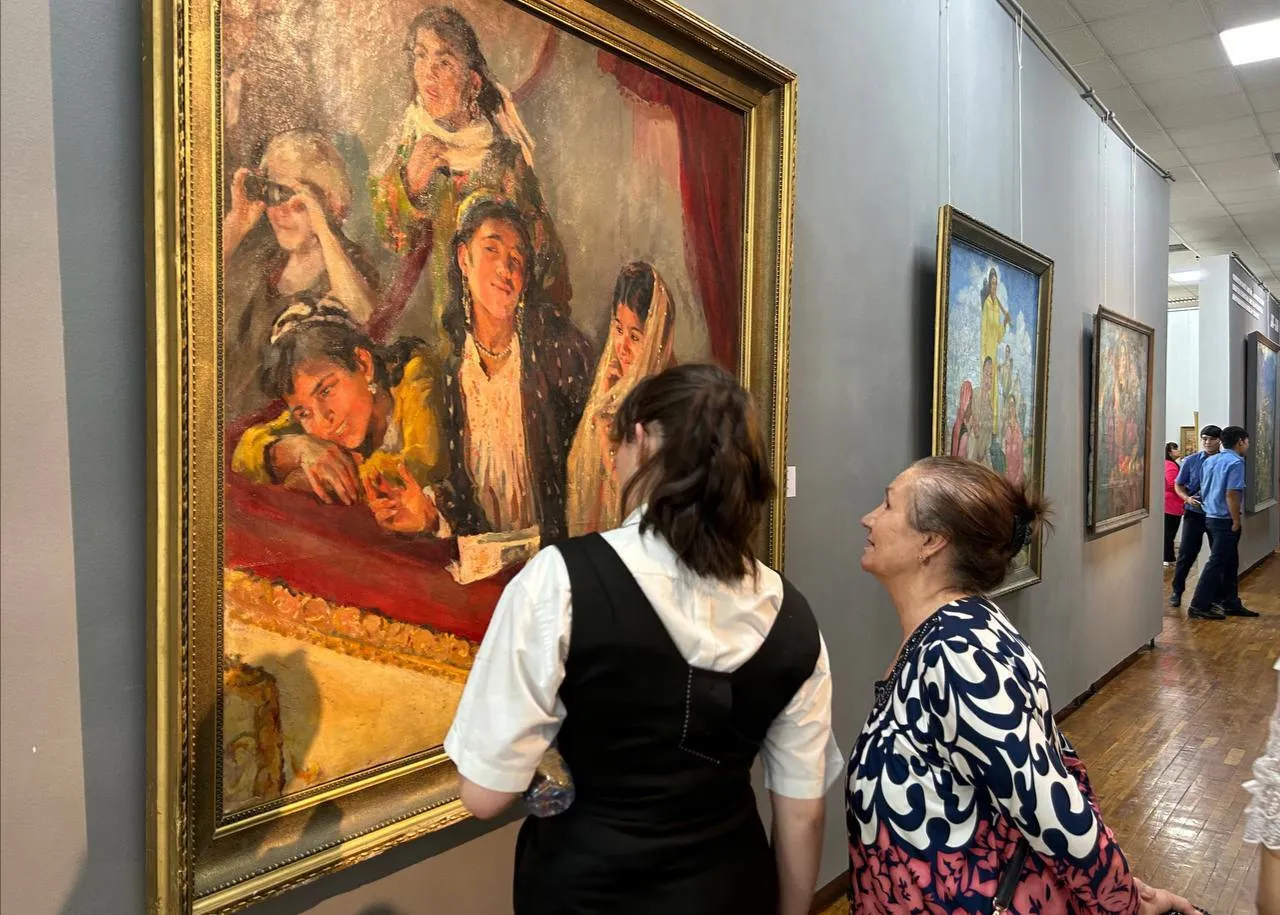
These are such paintings as “The Musicians”, “Uzbek Singers”, “Street of the Old City”, “Dehkans taking rest”, etc., in which the artist, depicting the traditional life of the Uzbek people, simultaneously tried to reflect those innovations and social transformations that occurred in everyday life. Despite this, in the artist’s work new themes and images appear, and in their interpretation we can see the influence of Cubism and Expressionism. Most likely, some of the artist’s pieces illustrate the transition period in his work – from the avant-garde to realism. The artist’s paintings are distinguished by a special colouristic decision and monumental impression.
Personal exhibitions of A. Volkov were held in Tashkent and Moscow in 1920, 1921 and 1923. Paintings from these exhibitions were purchased for the Museum collections. In the collection of the State Museum of Arts, there are well-known works of the painter Usto Mumin (A. Nikolaev): “Spring”, “Dutar player”, “Bedanoboz”, and “Owner of a teahouse”, in which the artist’s fine creative nature and his individual vision revealed themselves.
The rise of such a vivid artistic individual as Usto Mumin was greatly influenced by Russian icon painting, folk art, and in particular the art of ganch carving and painting, adored by the painter. Throughout his entire work, the artist never ceased to admire the folk art and to study the features of its vivid expression, subtly perceiving not only formal and plastic features but also the linear principle, strict tonal development of chiaroscuro, colour restraint, compositional perfection, musical rhythms of works of folk art, but also the people’s ideas about life and its values, embodied in these features.
In his works belonging to the collection of the State Museum of Arts, it is impossible to miss a fine combination of the classical traditions of the Italian Renaissance with suprematist principles. But the great powers of poetry, stylistic expressiveness and an original approach to interpreting the East are striking.
You can learn more about this topic in the book-album “The Collection of the State Museum of Arts of Uzbekistan” (Volume XIII) from the series “Cultural legacy of Uzbekistan in the world collections”.
The general sponsor of the project is the oilfield services company Eriell-Group.
